The Architecture Drawing Prize 2021 reveals overall winner and partner exhibitions
by Jerry ElengicalFeb 09, 2022
•make your fridays matter with a well-read weekend
by Anmol AhujaPublished on : Feb 06, 2024
The multifariousness of the architectural drawing as foremost a tool of communication, then a document and an artefact is the anchor in conversations set around the medium. From the very inception of architectural thought — a sketch — to construction drawings relayed on-site and documentation drawings successfully archiving the built, its pragmatic applications are well placed. However, the voracity of an architectural drawing in not just communicating or documenting, but in imagining, visualising, superimposing, juxtaposing, even sharply critiquing, and proliferating ideas elevates the significance of this two-dimensional representation to rather profound levels, especially in the current state of architectural design and practice that sees the blurring and homogenisation of architectural work and labour. That is, of course, apart from speaking to the agency of architecture itself in imagining and actively shaping the collective future of our cities. From Boullée’s neoclassical perspectives to Piranesi’s prison schematics to the works of Antonio Sant’Elia and Hugh Ferriss that remain key to the imagination of the modern city, frequently venturing into a dystopian one, to Peter Cook and Archigram’s Plug-in City and modern illustration, drawing has remained canon to architectural practice, discourse, and thought. Personal vision or urban, it is further vastly interesting to observe the scale of detail on display in an architectural drawing, which in turn is indicative of the very nature of the object it portrays. For these reasons and more, the titular word ‘palimpsest’ is the closest it comes to describing the shortlisted entries for the current edition of the Architecture Drawing Prize, now in its seventh year.
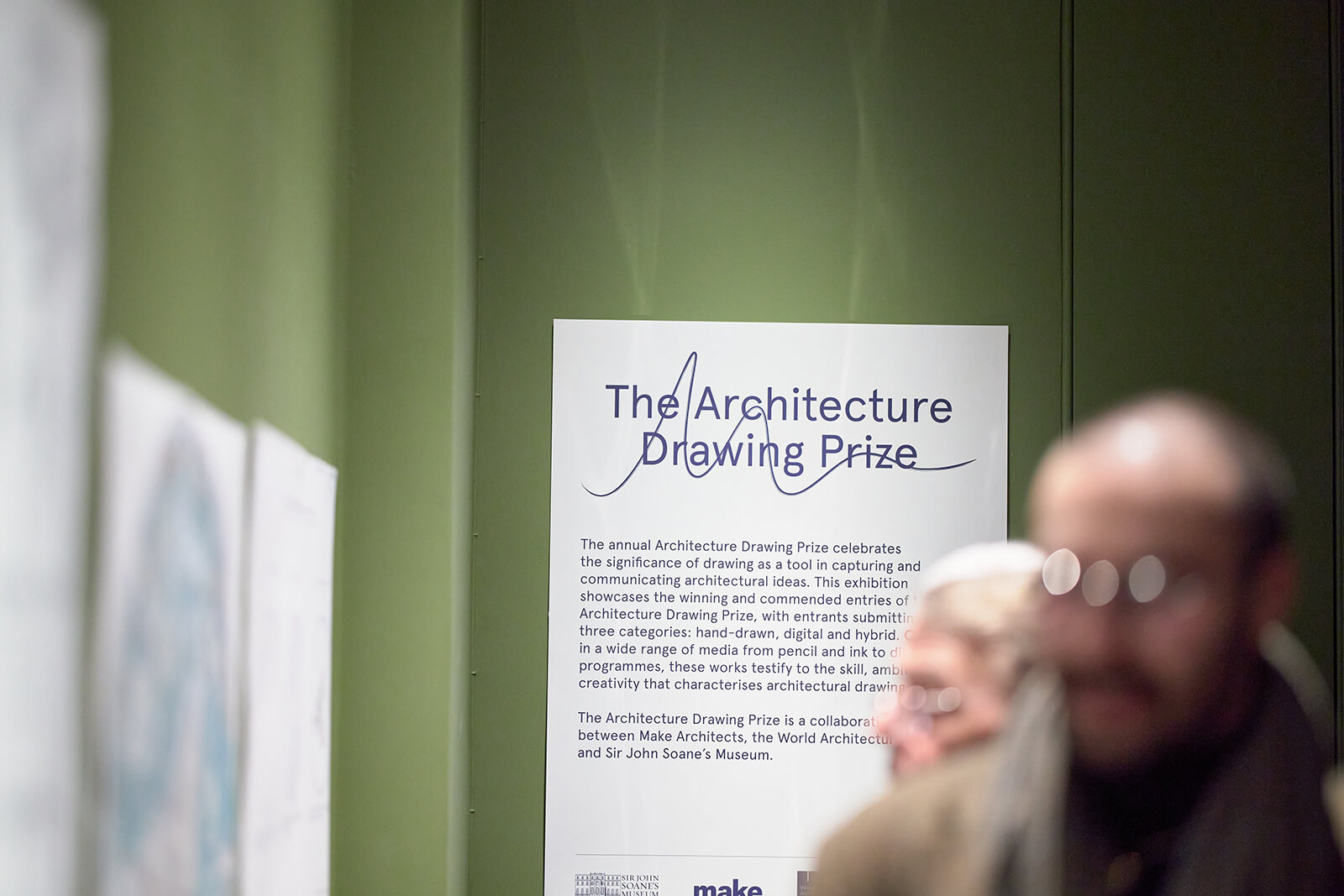
A palimpsest indicates layers, superimpositions; scratching and rewriting, starting over anew. As a visual, it harbours wondrous complexity and not just iterations indicating a lengthy process, but also forlorn traces of what never came to be, stubborn enough to survive on paper despite the rigorous erasure. In a rather poetic undoing, in that sense, every vision of the future is a bearer of a history that simply won’t be effaced. Over an expanded epoch of time, it is a different kind of iterative process in itself. Akin to building, drawing too is a verb first and a noun later.
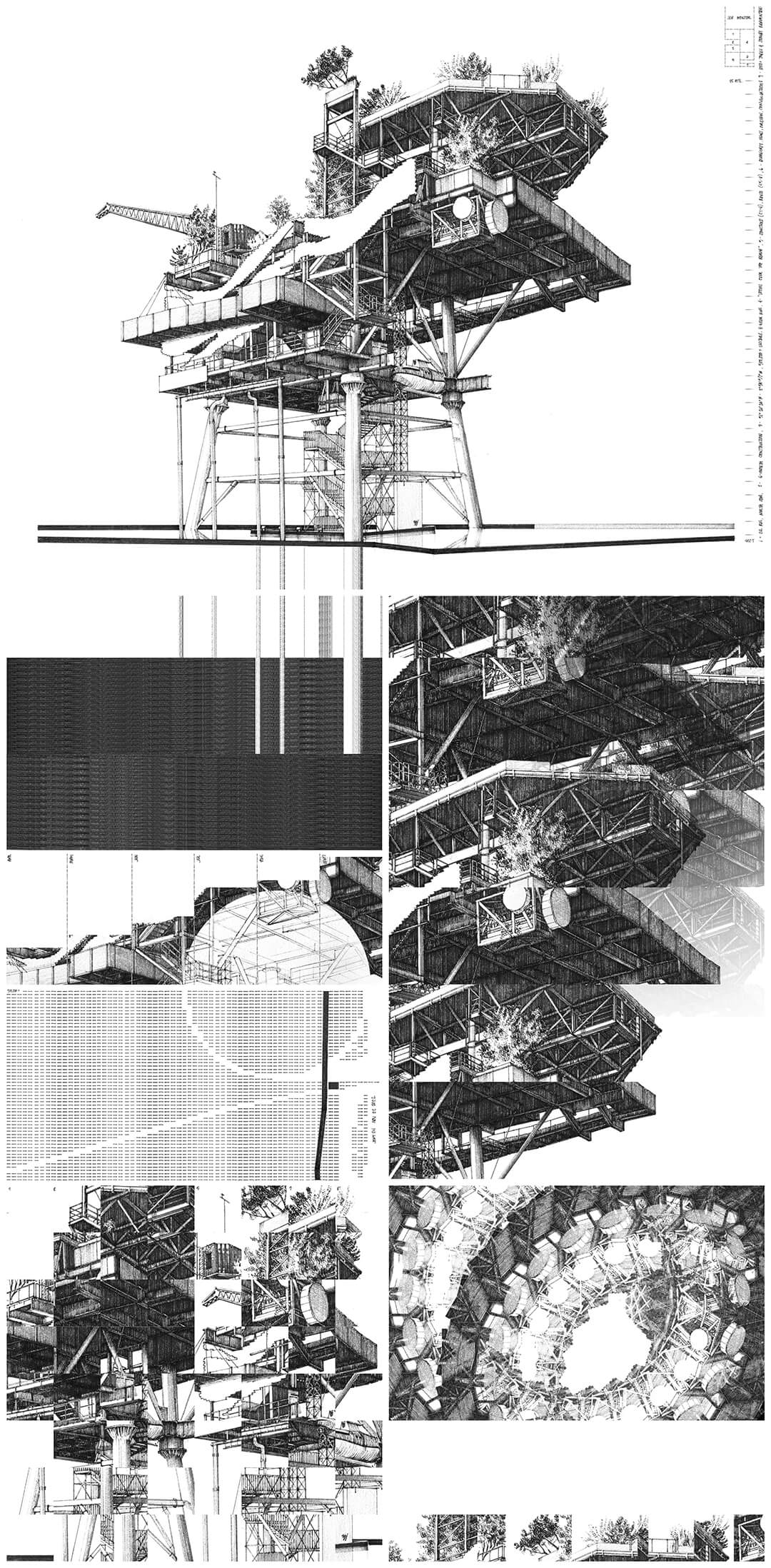
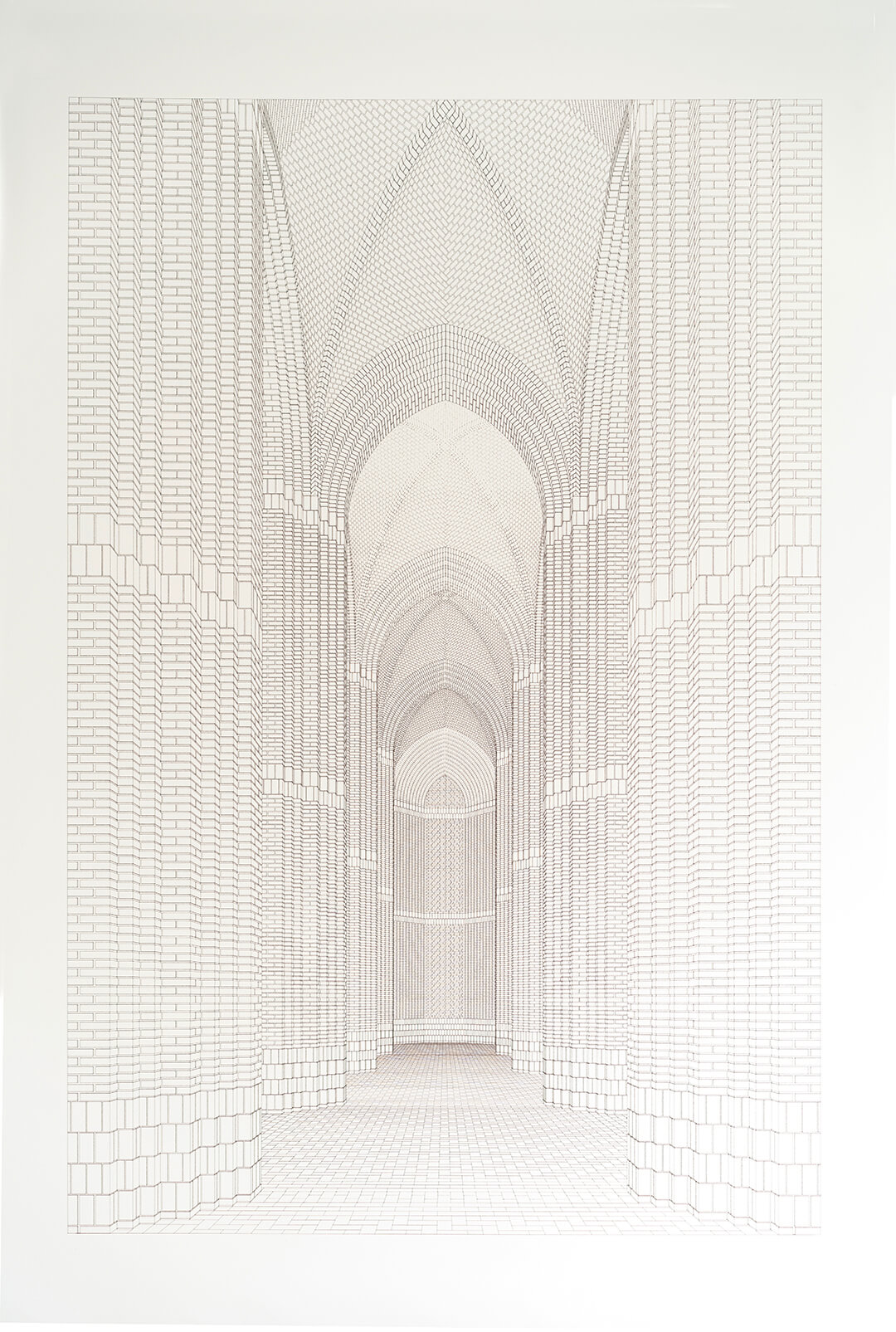
While previous coverages of the prize on STIR have harped upon drawing’s affectation as a medium and as a means of communication bypassing linguistics, as well as the sense of exploration and discovery it sparks in its elemental constitution, this year’s reportage — accompanied by a visit to Sir John Soane’s Museum for the prize ceremony — brought two distinct but connected strands of thought. The first harps upon how the prize, as an institution in itself and comprising the drawings on display, remains inextricable from the physical context of Soane’s museum - also the former residence of the avid collector. The second dwells on the inherent or applied sense of beauty in these drawings, elevating them to the status of art, prompting rigorous storage, restoration, and safeguarding. Further taking into account the two-dimensionality of the architectural (or otherwise) drawing, it is, in a way, no surprise that most of these visions, whether as ideas or recreations, live on as drawings – some even outliving the buildings they represented or the people they emanated from – speaking to the longevity of the medium apart from everything else mentioned above.
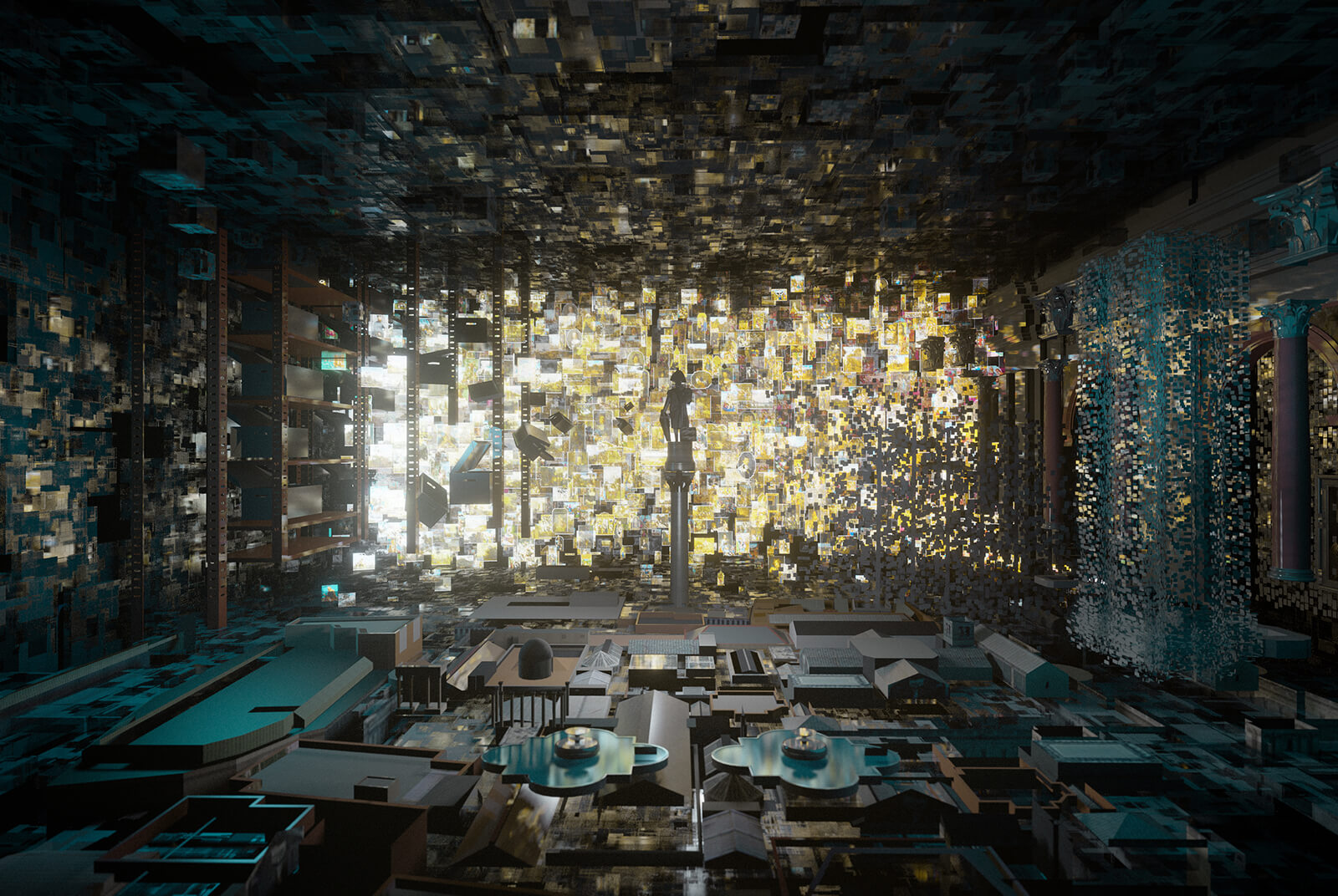
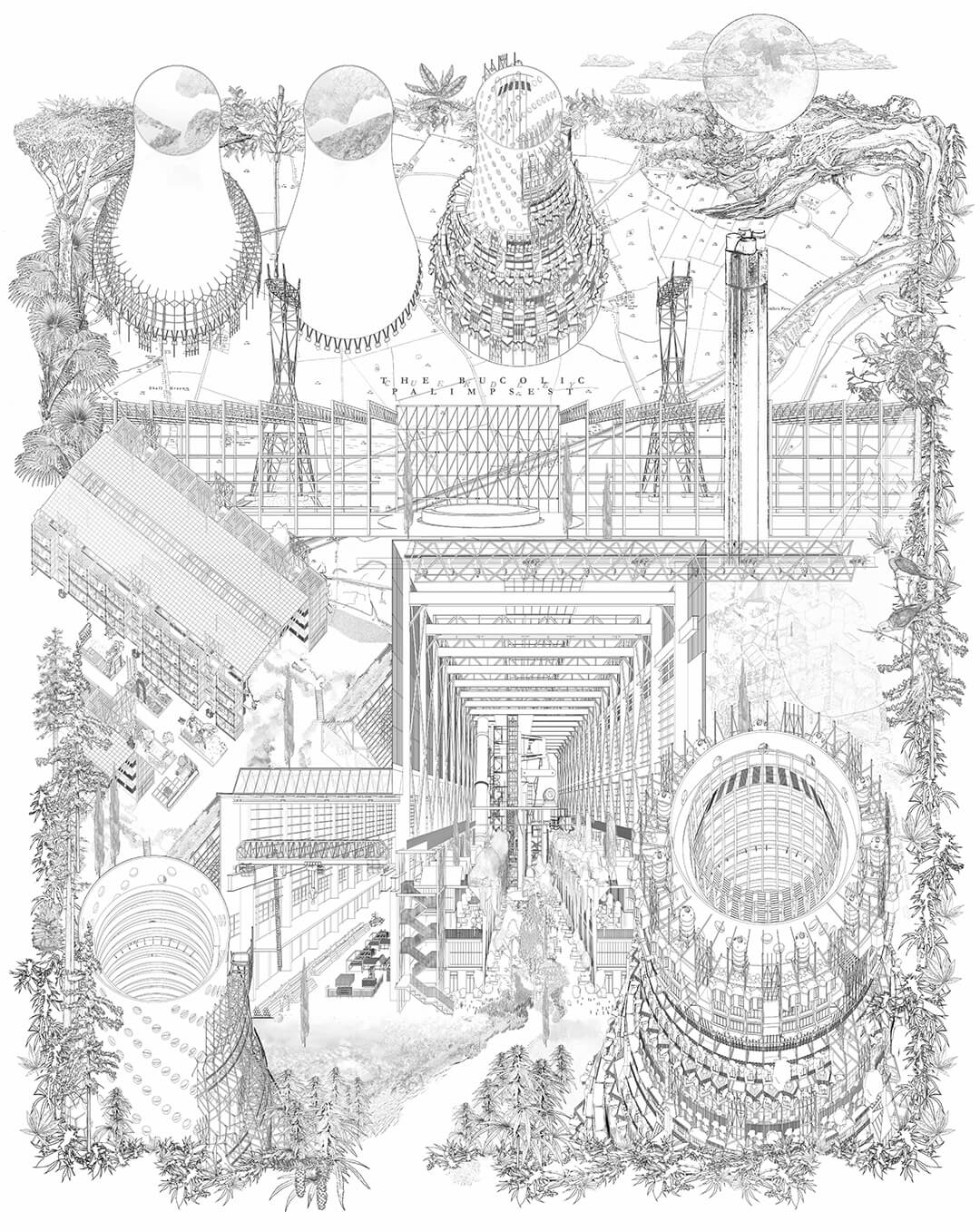
The shortlisted entries squarely compose, quite befittingly so, the New Students’ Room on the ground floor of the house museum, through an ornate reception and the library, all adorned with several of Soane’s collected artefacts, including sculptures, paintings, drawings, and models. The rather crowded assemblage, overwhelming by the sheer quantum of it, ironically stages an intimate show - not more than twelve patrons at a time inside the room housing the prize’s shortlisted entries. The view from inside the room frames the burgeoning statue of Apollo Belvedere overlooking the famed courtyard housing the Sarcophagus of Seti I, topped by the building’s definitive dome. The prize is presented by the World Architecture Festival and MAKE Architects whose founder, Dr. Ken Shuttleworth is chief curator and originator of the prize, alongside Sir John Soane’s Museum. In the sense of context, apart from the institutional context of the museum, Sir John Soane’s formidable legacy as a British architect, and his own fond proclivity for architectural drawing, the actual physical context of the house-museum too drives the thought of the architectural drawing’s elevation to artefact. Despite contradictions owing to the cross-border roots of several of these artefacts, the winning and shortlisted entries for the current Architecture Drawing Prize are well placed as a new kind of hybrid artefact within the museum.
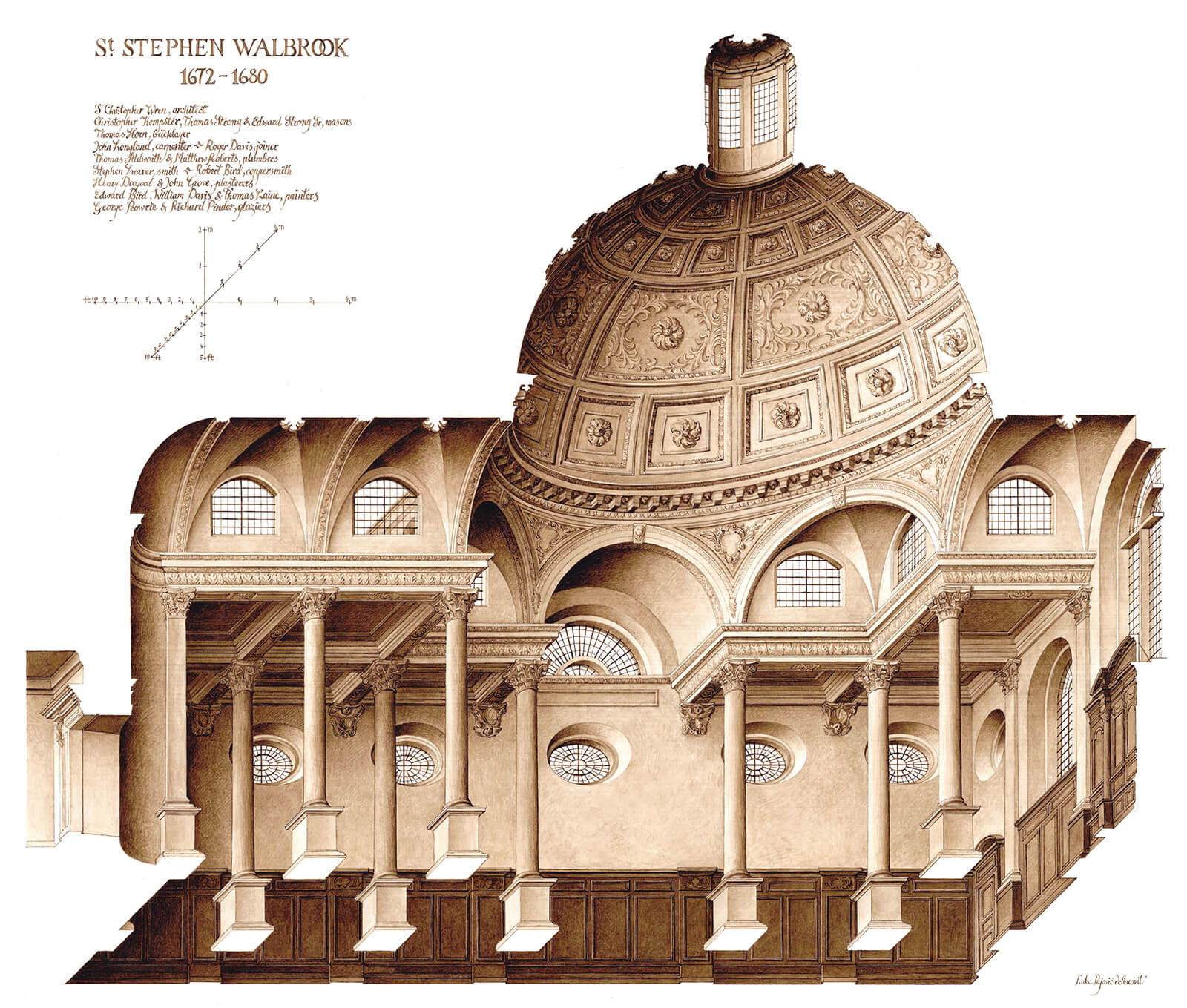
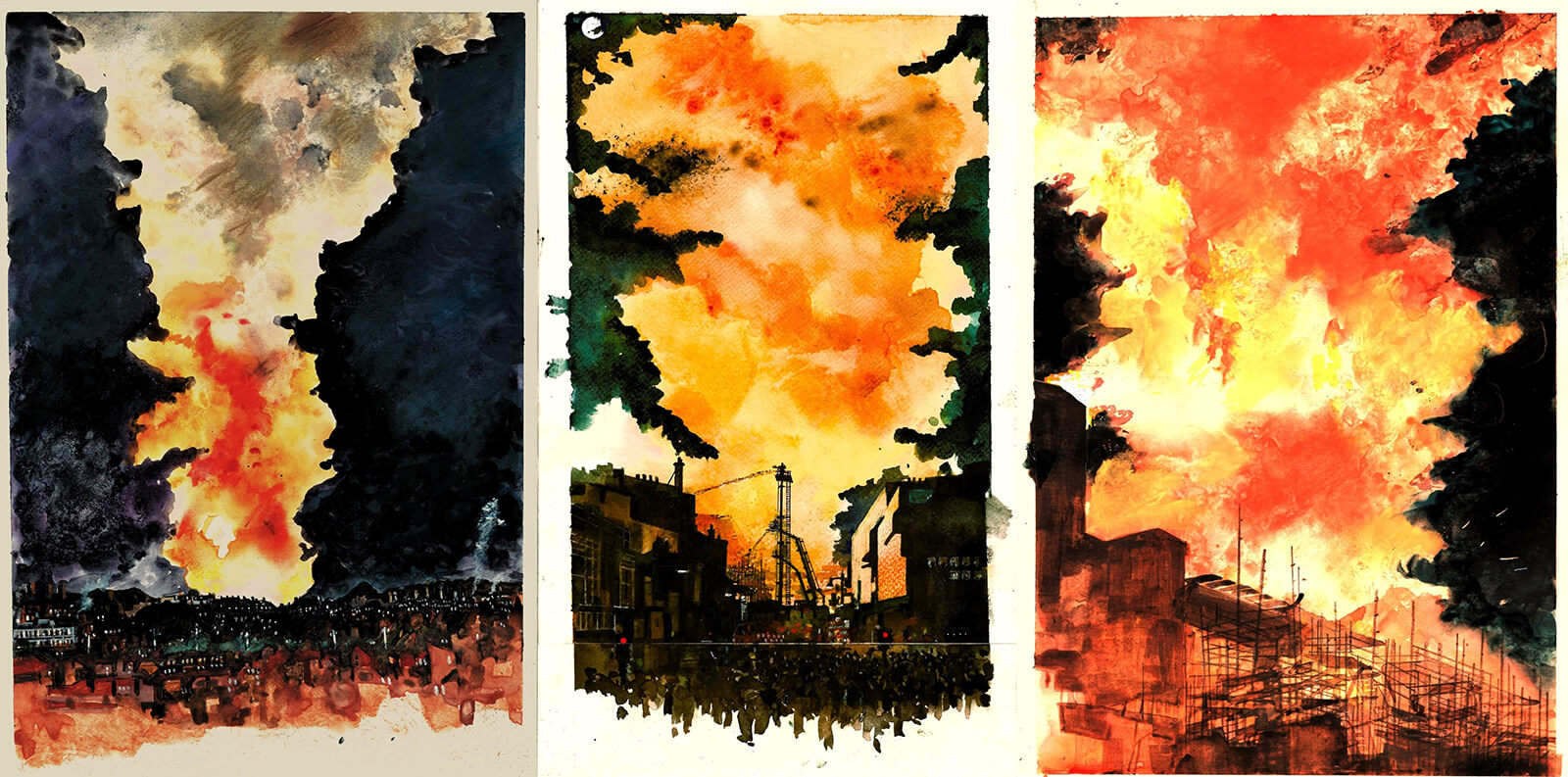
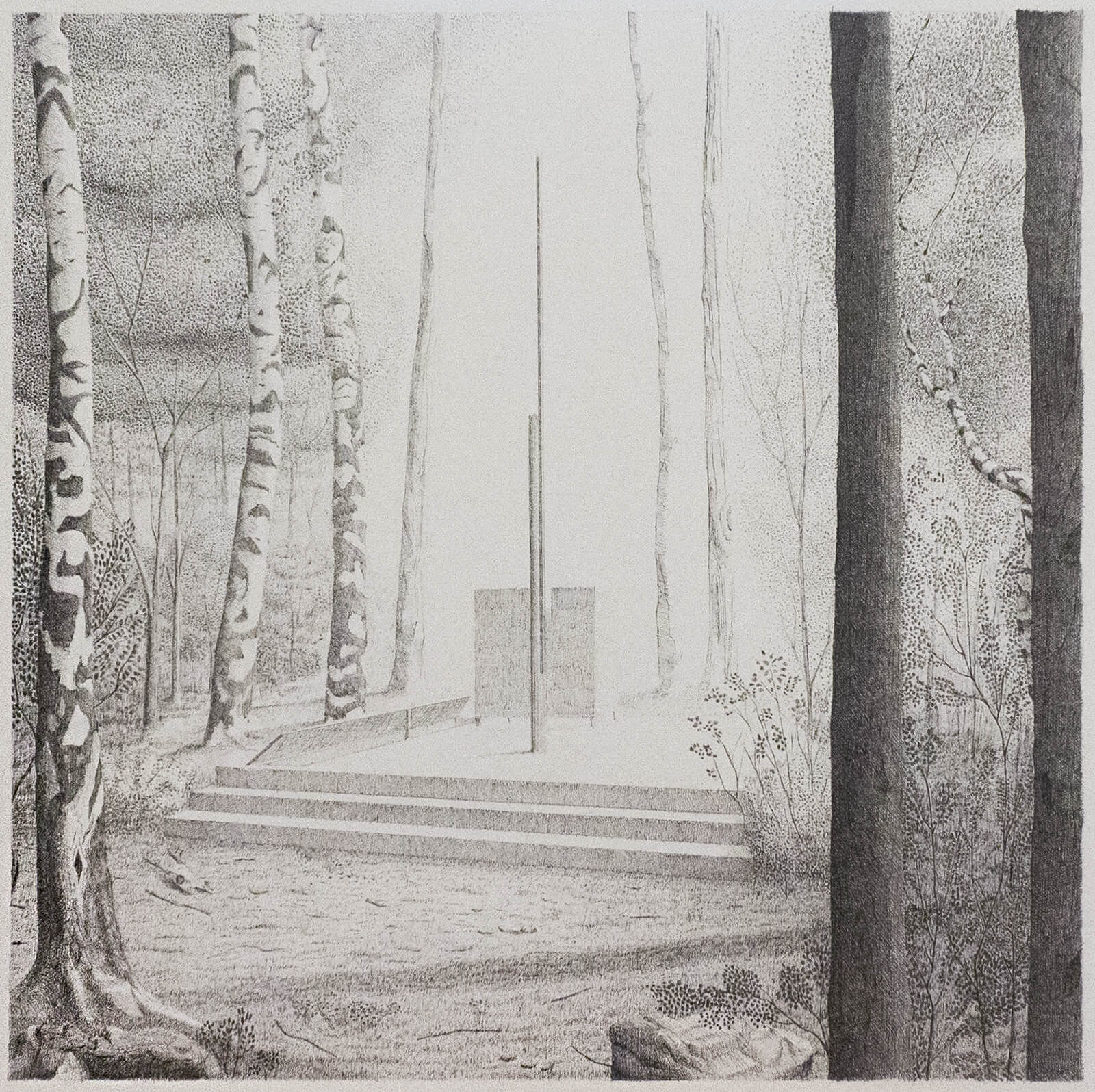
The prize itself courts entrants in three categories derived from the medium of making and presenting these drawings – digital, hand-drawn, and hybrid. Interestingly, the prize reports the maximum number of entries in the hand-drawn category, in line with several previous editions. This is also especially remarkable given the rapid proliferation of digital technology during the pandemic and the reliance of the AEC industry on BIM and other digital tools. Perhaps more impressive is the winner for this year’s ‘hand-drawn’ category, Ben Johnson, whose Grundtvig in ink involved a painstaking recreation of a perspectival view of the interior of Grundtvig Church in Copenhagen, with thousands of bricks hand drawn by Johnson. Drawing from cartography, The Archatographic Map of the Incomplete Landscape on Pedra Branca by Eugene Tanseeks to start conversations on the vulnerability of our ecosystems across the world with a particular focus on the urban systems of Singapore. The entry comes complete with a companion drawing to help read the original work and all its layers and was the category winner for the Digital Category.
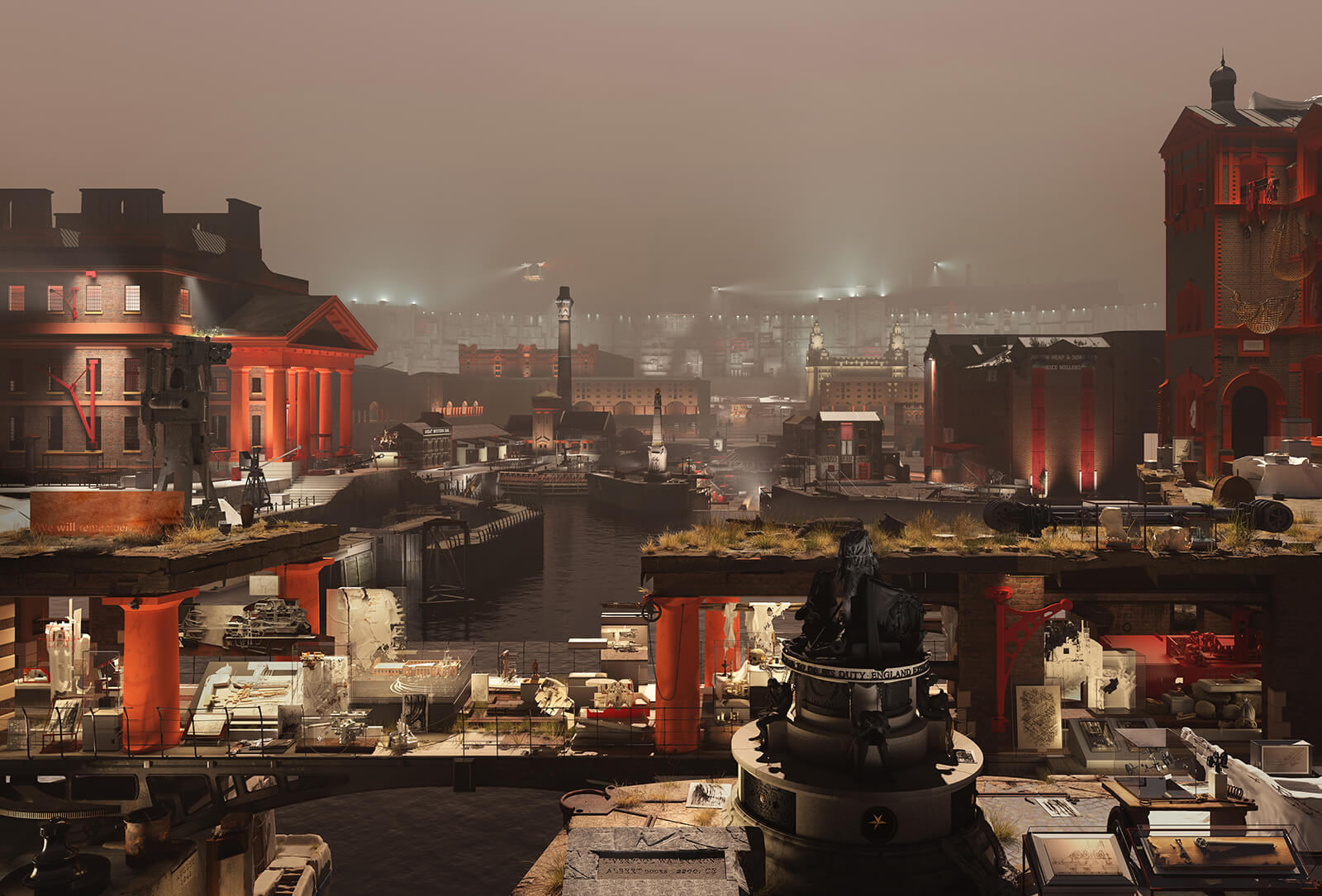
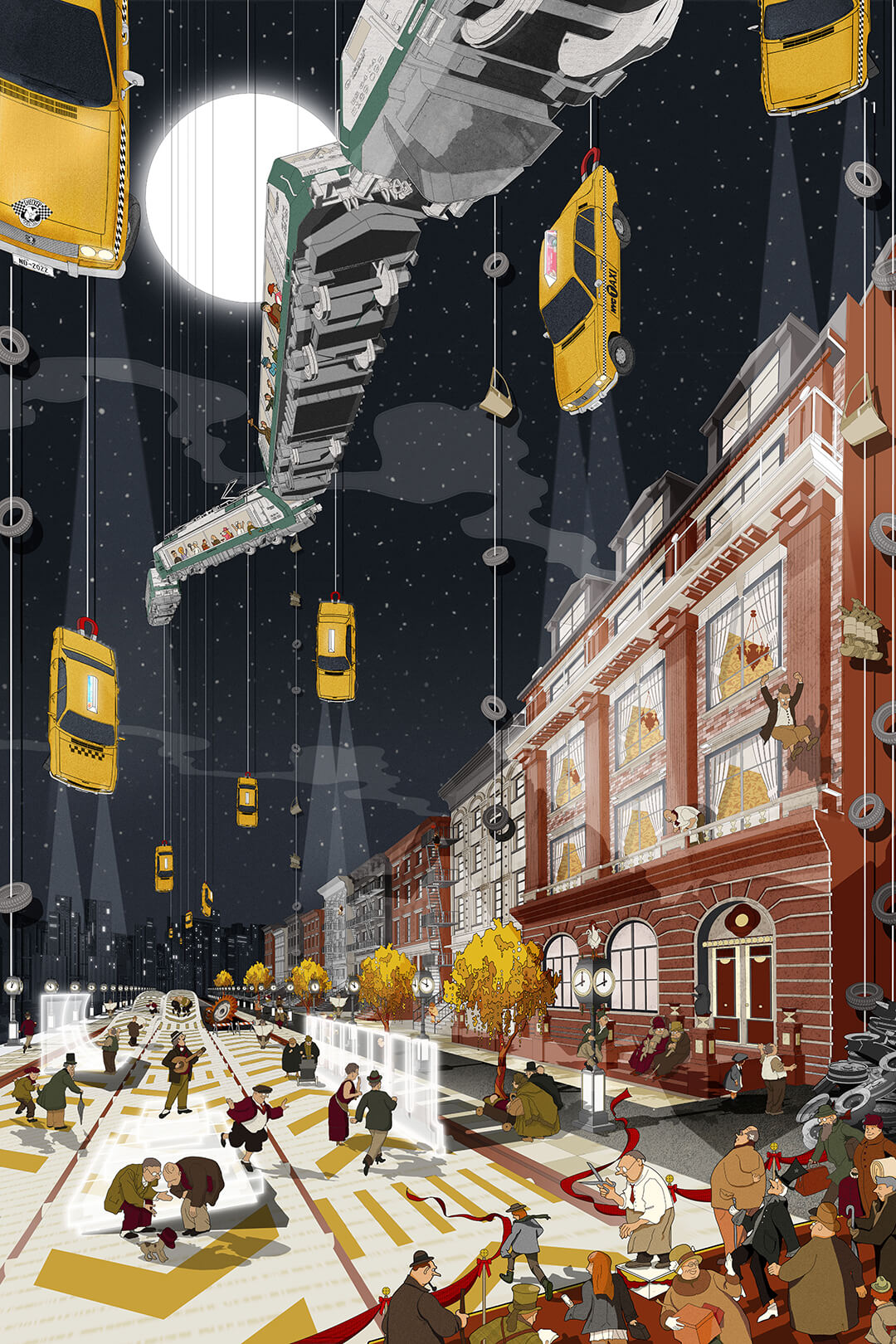
Filipino architect and illustrator Eldry John Infante’s (Re)membering the See Monster was declared the winner in the Hybrid Category as well as the overall winner of the prize for intricately and rather cinematically presenting the monochrome transformation of a defunct oil platform. The Glasgow School of Art Fire (triptych) by Alan Dunlop, Trees and rocks, the shapeshifter by Alexander Warncke and St. Stephen Walbrook by Luka Pajovic in the hand-drawn category, The Bucolic Palimpsest by Ziad Haddad, Transcultural Journey on the Orient Express by Chi Wai Vincent, and Gall-E: Interpolating Arts, Space and Display in the Age of AI by Tom Chan in the digital category, and Liverpool Capriccio 2200 C.E. by Tim Wheeler along with The Urban Anthro-Scape: Above by Alexander Jeong in the hybrid category round out the commended shortlist for the prize.
“The Architecture Drawing Prize exhibition demonstrates how drawing is a special tie, a strong common ground between architects and artists. It also offers a unique glimpse into how architectural drawing is evolving around the world and the amazing skills out there in the adoption of new rendering technologies”, states Dr. Ken Shuttleworth of MAKE Architects. While the practice has recently completed 20 years, Shuttleworth founded the Architecture Drawing Prize with a profound belief in the importance of drawing in the architectural canon and its visionary qualities. The prize was sponsored by Ceramica Group, whose CEO Federica Minozzi, also a Prize Judge, shared their thoughts, stating that the prize was a “brilliant opportunity to demonstrate the genius of people and the desire to experiment” in the spirit of “reflecting architectural creativity.”
by Anushka Sharma Oct 06, 2025
An exploration of how historic wisdom can enrich contemporary living, the Chinese designer transforms a former Suzhou courtyard into a poetic retreat.
by Bansari Paghdar Sep 25, 2025
Middle East Archive’s photobook Not Here Not There by Charbel AlKhoury features uncanny but surreal visuals of Lebanon amidst instability and political unrest between 2019 and 2021.
by Aarthi Mohan Sep 24, 2025
An exhibition by Ab Rogers at Sir John Soane’s Museum, London, retraced five decades of the celebrated architect’s design tenets that treated buildings as campaigns for change.
by Bansari Paghdar Sep 23, 2025
The hauntingly beautiful Bunker B-S 10 features austere utilitarian interventions that complement its militarily redundant concrete shell.
 surprise me!
surprise me!
make your fridays matter
SUBSCRIBEEnter your details to sign in
Don’t have an account?
Sign upOr you can sign in with
a single account for all
STIR platforms
All your bookmarks will be available across all your devices.
Stay STIRred
Already have an account?
Sign inOr you can sign up with
Tap on things that interests you.
Select the Conversation Category you would like to watch
Please enter your details and click submit.
Enter the 6-digit code sent at
Verification link sent to check your inbox or spam folder to complete sign up process



by Anmol Ahuja | Published on : Feb 06, 2024
What do you think?